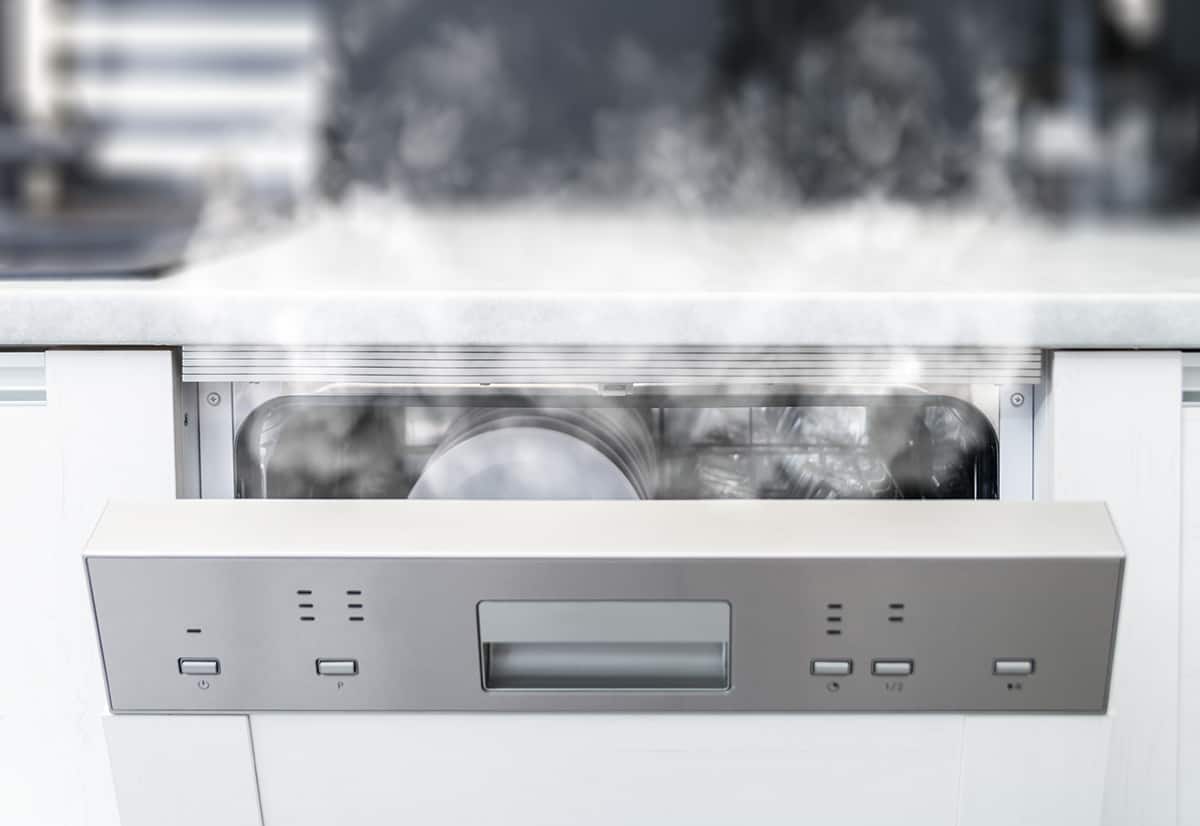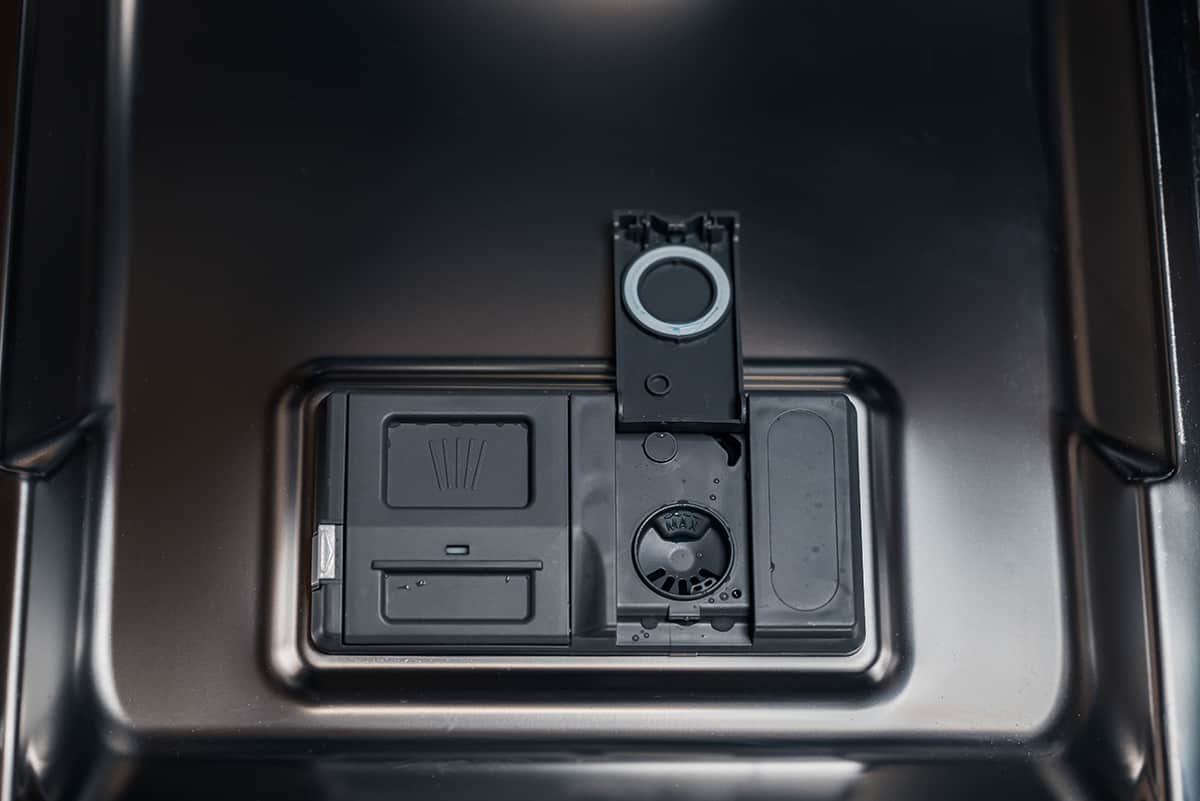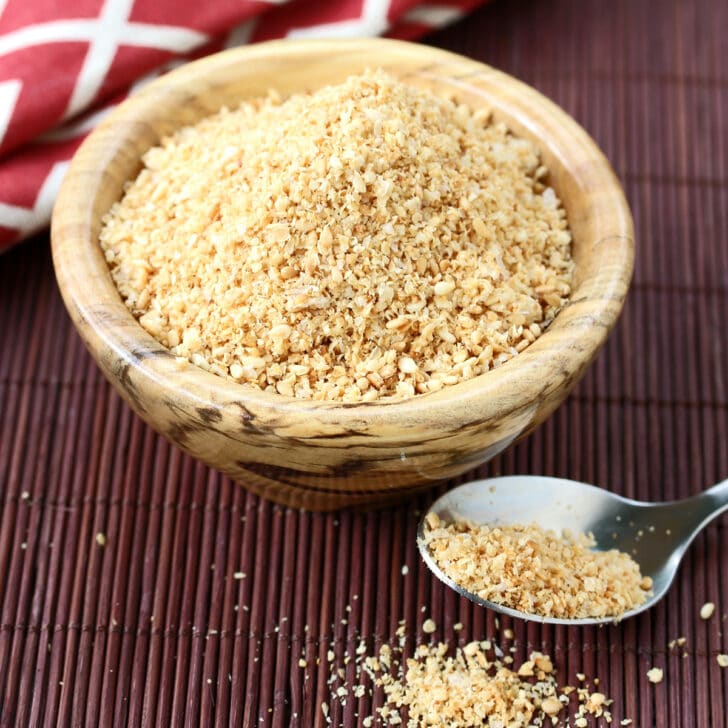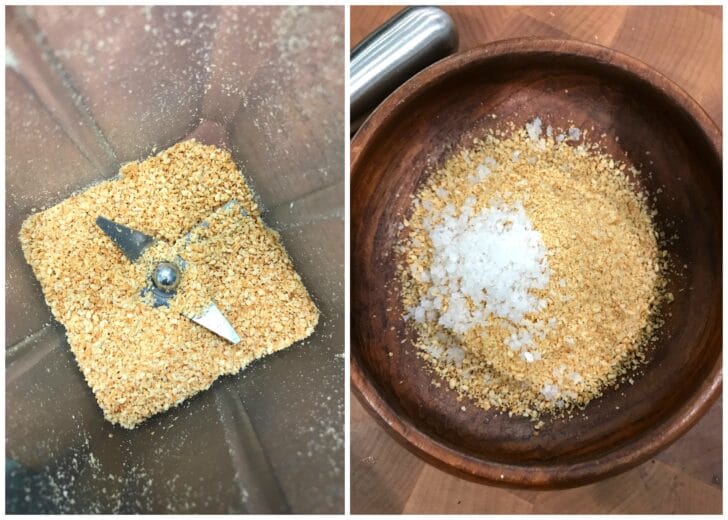Aproape totul despre soda caustică și utilizarea acesteia!
Cu toții am auzit despre soda caustică și despre utilizarea ei drept ingredient principal pentru crearea săpunului. Cu toate acestea, produsul are mult mai multe proprietăți, despre care poți afla mai multe în rândurile următoare.
Soda caustică este folosită cu succes în industrie, în locuința proprie sau în grădină. Dacă nu știi despre ce vorbim – deși ne îndoim, poate o cunoști mai bine sub numele de leșie. Este un produs foarte toxic, în special dacă este ingerat sau inhalat, dar eficiența sa ridicată îl face să fie foarte utilizat. În comerț este comercializat, de regulă, în pungi de 1 kg, iar aici https://www.agmarket.ro/soda-caustica-1kg găsești exact ceea ce ai nevoie.
Ce este soda caustică?
Pentru a defini soda caustică, trebuie să ne amintim puțin de chimie. Avem de a face cu o substanță chimică anorganică, solubilă în apă, și cu un pH de 14. În magazinele de specialitate soda caustică este comercializată sub formă de fulgi, ambalați fosrte bine în pungi de câte un kilogra.
Aminteam ceva mai sus de faptul că are un pH foarte ridicat și are o toxicitate ridicată.
Din acest motiv este complet interzisă folosirea acestui produs fără mănuși de protecție, deoarece afectează pielea, o ”arde”, așa cum se spune în limbaj popular.
Agent de înălbire și curățare
Mamele sau bunicile noastre foloseau mult soda caustică, sau leșia, pentru a face săpun de casă, un produs foarte eficient pentru curățare.
De altfel, aceasta este și cea mai cunoscută proprietate a sodei caustice, fiind un excelent agent de înălbire și curățare. De asemenea, la aceste caracteristici se adaugă și cea de dezinfectare. Dar, încă o dată, rețineți că deși se dizolvă foarte ușor în apă, nu trebuie niciun moment să îi uiți toxicitatea, deoarece riști incidente neplăcute, care pot culmina chiar și cu pierderea vieții, în caz de ingerare accidentală a acesteia și neprezentarea cât mai repede la spital pentru remedierea problemei.
Soda caustică în industrie
Am discutat până acum despre folosirea sodei caustice în locuința personală. Dar nu trebuie să uităm că avem de a face cu un produs chimic, care este utilizat foarte mult și în industrie. Există numeroase ramuri industriale unde soda caustică se folosește, iar cele mai cunoscute sunt: extragerea și obținerea celulozei și hârtiei din lemn, prelucrarea materialelor plastice, obținerea de săpun, detergenţi, chiar și coloranţi.
Face bumbacul mai moale
Cu toții adorăm hainele din bumbac, mult mai prietenoase cu pielea noastră. Dar suntem siguri că nu știai că soda caustică este cea care îl face pe acesta mult mai moale, mătăsos, plăcut la atingere. Și, pentru că tot suntem la industria textilă, prelucrarea fibrelor artificiale se face tot cu ajutorul ei.
Necesară pentru obținerea aluminiului și uleiului alimentar
Este imposibil să prezinți toate ramurile industriale și modul în care soda caustică este folosită în ele. Cu toate acestea, nu trebuie să uităm că este indispensabilă pentru obținerea aluminiului, dar și pentru rafinarea chimică a uleiului alimentar.
Soda caustică în locuință
Cu toate că sunt conștiente că avem de a face cu un produs toxic, gospodinele nu pot renunța la folosirea sodei caustice în propria locuință. Este și normal dacă ne gândim că petele rezistente de murdărie sunt eliminate mai ușor cu ajutorul ei, chiar și când sunt prezente pe țesături. Soda caustică este folosită foarte des pentru curățarea, dar și dezinfectarea rapidă și eficientă a celor mai multe obiecte ceramice din baie.
Ai probleme cu țevile înfundate?
Nicio problemă, folosește – evident, cu precauțiile de rigoare, soda caustică, pentru a scăpa de dopurile de murdărie care se formează în scurgeri și instalații. În gospodărie se recomandă folosirea produsului rezultat din diluarea fulgilor de sodă în apă.
Vase perfect curate și strălucitoare
Știi, desigur, de faptul că soda caustică este și un excelent produs degresant, și de aceea poate fi folosită pentru vase perfect curate și strălucitoare, în special cele ceramice, sau cele realizate din Teflon, aluminiu sau inox. Chiar și tacâmurile de bucătărie pot avea parte de acest tratament special, iar prietenii care vor veni la tine la masă vor rămâne surprinși de cât de bine arată acestea, chiar și după ani de folosire îndelungată!
Fă-ți singură săpunul de casă!
Chiar dacă acum găsim numeroase produse pentru curățenie, multe dintre gospodine încă prefere să-ți creeze singure săpunul. Nu este deloc complicat, și ai nevoie de sodă caustică, uleiul vegetal, uleiuri esenţiale – aici poți alege orice aromă îți place şi apa distilată.
Curățarea obiectelor de îngrijire personală
Soda caustică este recunoscută, după cum aminteam ceva mai sus, ca fiind un produs care te ajută să dezinfectezi eficient suprafețele. De aceea, îl poți folosi pentru dezinfectarea și chiar degresarea obiectelor de îngrijire personală.
Agent antimicrobian în ferme
Cei care au multe animale știu că au în soda caustică un aliat de nădejde. Cu atât mai mult când vine vorba despre ferme mari, și unde acest produs este folosit grație eficacității sale de a îndepărta microbii. Prin urmare, se utilizează pentru a dezinfecta staulele sau adăposturile animale, în special după episoade de boală.
Precauții în utilizare
Pentru că este un produs chimic foarte toxic, se recomandă precauții în utilizarea acestuia. În caz contrar, te poți confrunta cu arsuri ale pielii, neplăceri oftalmologice și chiar intoxicații grave. Mănuși și mască de protecție este echipamentul necesar pentru manvrabilitatea în condiții optime a acestui produs. Pentru a-l păstra, produsul trebuie depozitat într-un loc uscat, ferit de razele solare. și nu în spații umede, pentru că reacționează în contact cu vaporii de apă.
De asemenea, nu trebuie folosită de copii, de persoanele cu afecțiuni psihice sau oftalmologice, și nici de cei care sunt alergici sau suferă de afecțiuni respiratorii.



 Let the seeds cool completely and then crush them either with a mortar and pestle or in a blender or food processor. The mixture should remain chunky and not be a fine powder. Place the crushed sesame seeds in a bowl and stir in the salt.
Let the seeds cool completely and then crush them either with a mortar and pestle or in a blender or food processor. The mixture should remain chunky and not be a fine powder. Place the crushed sesame seeds in a bowl and stir in the salt.
